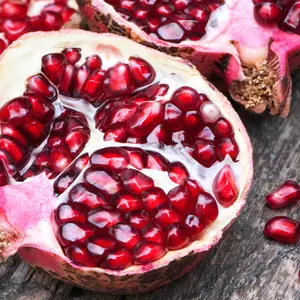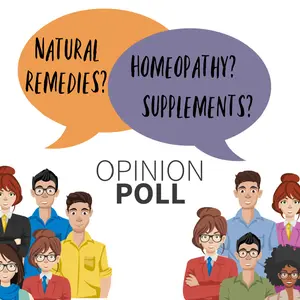

Natural

Natural
Whole Foods for Dogs and Cats: Human-Grade Meals for Our Furry Best Friends
by Ruth Roberts, DVM, CVA, CVH, CVFT, NAN
As guardians of our beloved pets, choosing the best food for them can be a daunting task with so many options online and in grocery stores, as well as conflicting advice about what is healthiest. For thousands of years, pets were fed human food scraps, and in the last 50 years, as dogs were elevated from being pets to valued members of the family, handing them treats directly from the dinner table became a common practice.
Nevertheless, commercial pet food has become an enormous industry in a relatively short period of time—it has only been around for just over 150 years, according to the Pet Food Institute. Globally, the pet food market was valued at almost $95 billion in 2021 and is expected to continue growing, according to Grand View Research. North America dominated the market, accounting for a 49.9 percent share of worldwide revenue that year.
The immense popularity of commercial pet food can be attributed to numerous reasons. Socioeconomic factors make buying processed pet food affordable, nutritional science makes it look sophisticated, veterinarians endorse it, and sophisticated marketing agencies persuade guardians that it is the best option. Many pet guardians may be concerned that table scraps are not as healthy for their pet as kibble. As a result, most dogs and cats consume commercial diets, many of which include byproducts from the human food industry.
Kelly Swanson, a University of Illinois professor and the author of a 2018 nutrition study published in the Journal of Animal Science, told Science Daily, "A lot of companies test for complete and balanced nutrition but don't go beyond that.” She further noted that her study evaluated certain diets by looking at additional factors: “Would dogs like them? Were they digestible? Would they increase activity?”
Leveling Up a Pet's Diet
Because they are unprocessed and unrefined, pet diets made of whole foods contain more intact nutrients and provide more fiber for digestive health, which can help with constipation, diarrhea or both. According to a 2021 study published in the Journal of Animal Science, some types of fresh, “human-grade” food may be simpler for pets to digest than dry, commercial kibble.
A recent study examined the gut microbiome of pet and stray dogs from South Africa, India and Loas and compared their gut microbiomes to those of dogs that lived 1,000 years ago. The researchers found that the varied diet of the stray dogs of Loas had the most robust microbiome and that it was comparable to the diet consumed by ancient dogs. Like in humans, a healthy and balanced gut microbiome is important for digestion and to fight inflammation.
While there are some foods that pets should avoid, such as alcohol, dairy, chocolate and grapes, many types of meat and vegetables that humans eat can be served to their pets. Because whole-food ingredients like chicken, pork, lamb, beef and chicken eggs are readily available at local grocery stores, it's easy to get started. The key is ensuring that a pet gets a balance of protein, fat and carbohydrates. There are plenty of homemade pet food recipes available online that consider this balance. The needs of a pet will vary based on species, age, weight and overall health, so consulting with a veterinarian is recommended to keep the pet’s health on track.
Tips for Homemade Pet Food Success:
- If it is in the budget, choose grass-fed or pasture-raised meats, which have a healthy omega-3 to omega-6 ratio and are anti-inflammatory.
- The diet should include calcium, iron, zinc and other essential nutrients based on species and individual needs. Consult a veterinarian for guidance.
- Although dogs do not require carbohydrates in their diet, they can digest them. Dogs use dietary carbohydrates to maintain and replace glycogen levels.
- Introducing vegetable fiber—kale, collard greens and fruit such as apples—to a dog's digestive system helps prevent gas pain.
- Obtain ingredients from organic sources whenever possible, because they contain no pesticides or chemicals that could harm a pet's health.
- Avoid processed foods and artificial ingredients.
- Look for pet foods without preservatives, byproducts, fillers or food dyes.
The Association of American Feed Control Officials (aafco.org/consumers) offers a wealth of information and guidance regarding commercial pet foods and ingredients. While they do not have a whole foods classification, they do provide information about natural and organic pet foods.
Feeding pets whole food is a great way to help them stay healthy and happy. Make their food at home using fresh ingredients, or look for commercial brands that incorporate whole foods in their products. A pet's best health starts in the bowl.
Ruth Roberts is an integrative veterinarian and holistic health coach for pets, as well as the creator of The Original CrockPet Diet. Learn more at DrRuthRoberts.com.
This article was originally published in Natural Awakenings magazine, February 2023 edition.


 By
By







